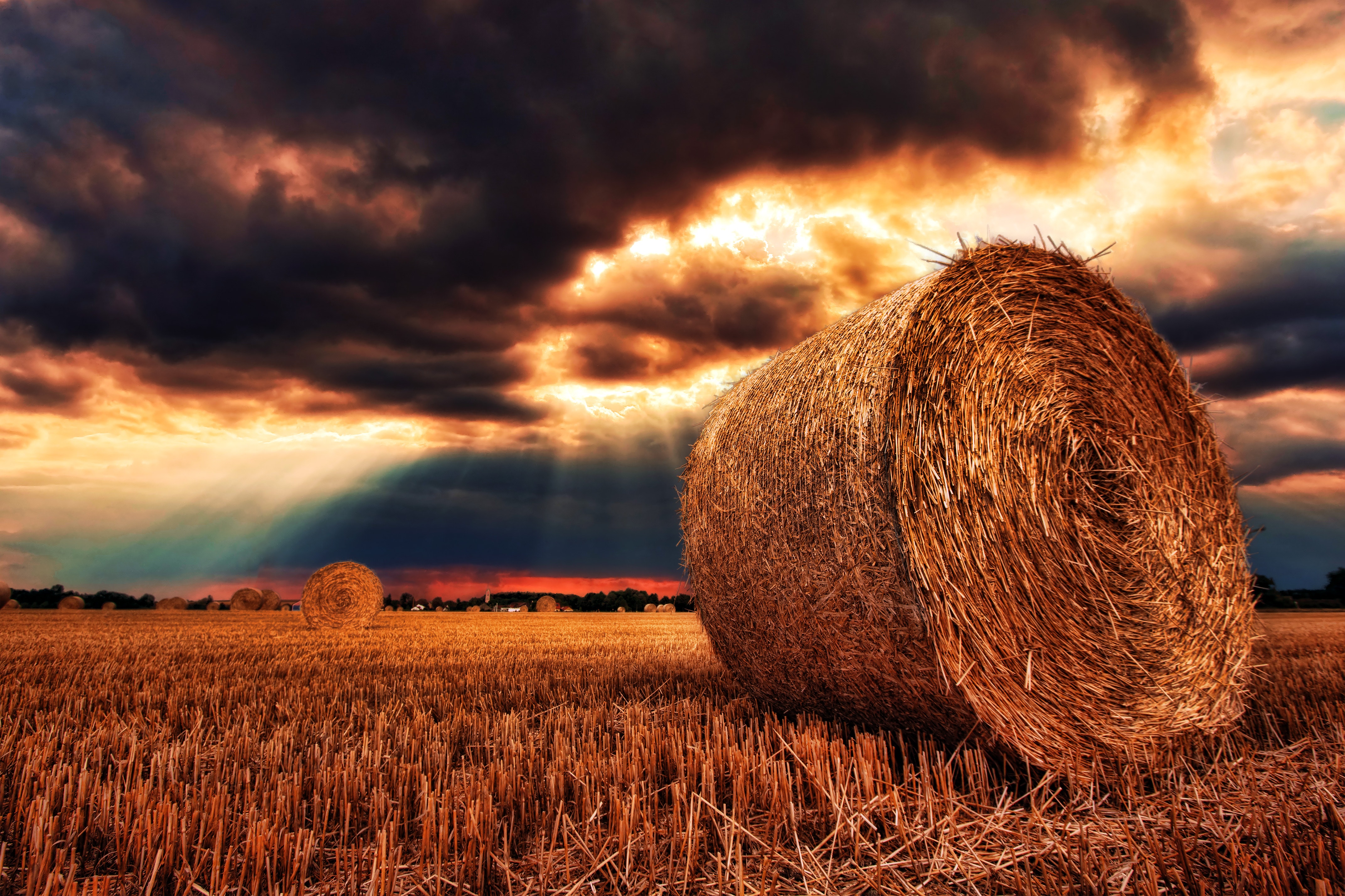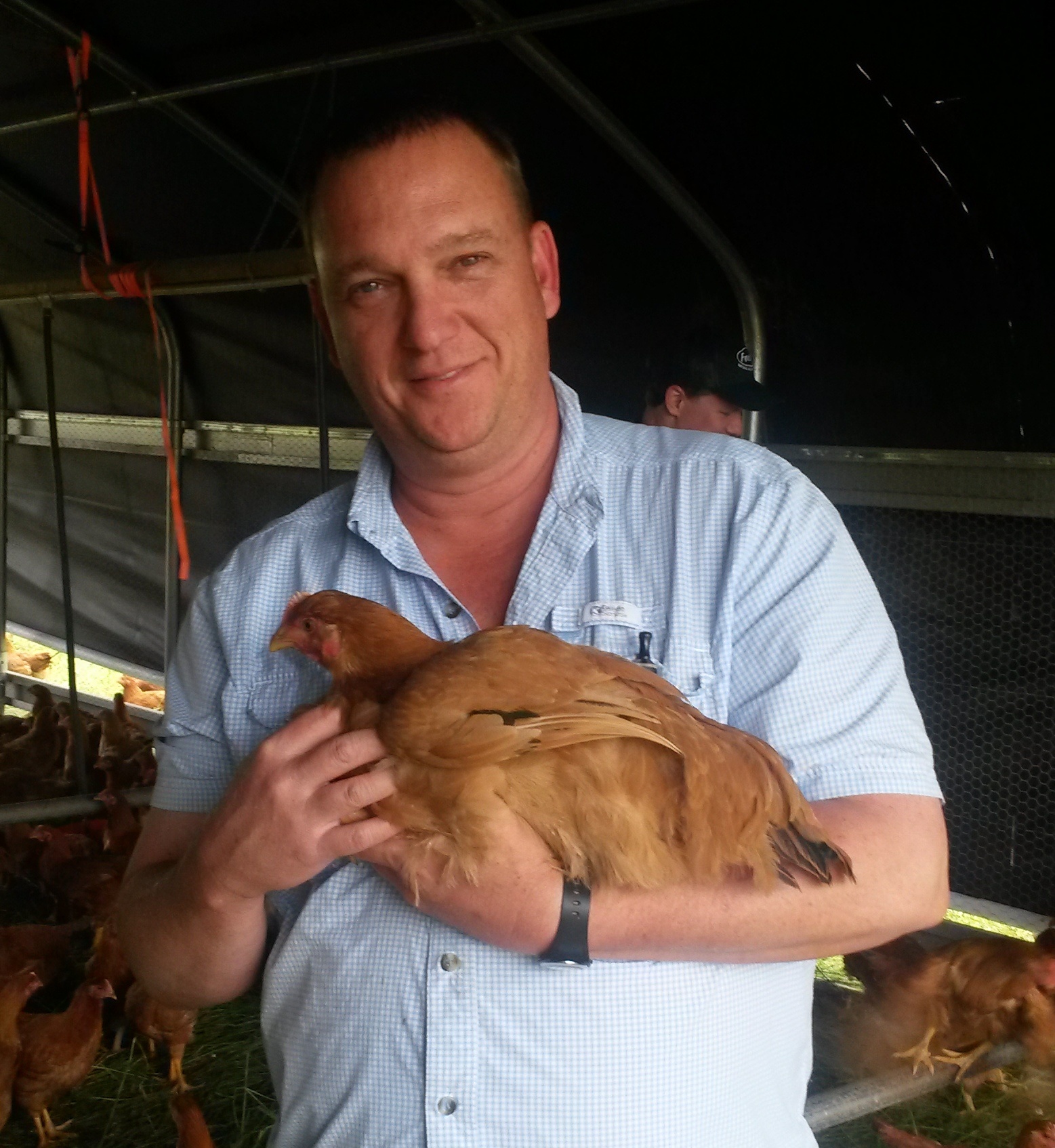As fall ends and winter begins, many farmers turn their attention to the stored forages they've made for their herd. The last of the hard field work will soon be over giving way to holidays, weddings and other celebrations seasons. This is also the best time to inventory all of your stored forages including Hays, Corn Silage, Haylage and grains. This will allow you to accurately estimate how much additional feed you will need to buy or how much extra feed you will have to sell till next harvest season.
You can make your calculations from either direction meaning you can determine how much feed you will need to feed the number of animals you have. Or you can determine how many animals to feed based on the total amount of feed ingredients that you have.
I use the following figures: A 1400 lb average Holstein cow producing 65 lbs of milk will require 48 lbs of Dry matter per day. The typical ration looks like this:
Feed: Lbs as fed Moisture Dry Matter lbs dry matter
Corn Silage 40 65% 35% 14
Balage or haylage 20 50% 50% 10
Dry Hay 12 15 % 85% 10
Grain Mix 16 12% 88% 14
Total 88 lbs 48 lbs
So you can make your calculations based on figures similar to these adjusting for your personal preference. Based on these numbers a 40 cow herd of cows will require:
Corn Silage 290 tons or 584,000 lbs for 365 days or year round.
Balage/Haylage 96 tons or 192,000 lbs for 240 days while not on pasture, add 1/3 more for year round feeding.
Dry Hay 87 tons or 175,000 lbs for year round feeding – Cows need hay while grazing as much as they do in the winter.
Grain Mix 116.5 tons or 233,600 lb per year for year round feeding.
Now you have calculated the Milking groups feed requirements, what about
dry cows and young animals? You can do the calculations for them the same
way or I have found that if I add 1/3 more of the milk cow group totals it
will be very close to accurate depending on how many heifers you keep.
Why should you bother to calculate all of this? Well, hay, grain and forage prices are usually less expensive when bought directly from the fields or in season than they are in mid winter or early spring. So know what you inventories are and what you need to make it through will allow you to buy sooner and smarter.
Most years hay can be bought out of the field for 25%-30% less than hay bought in December or January. Summer or in season hay is 35%-40% less expensive than hay bought in February and March. For sure Corn silage can be bought for less at harvest and will be a safer feed to feed if bought then vs. buying in during the summer causing a re-heat and lessened digestibility.
The other management tool that is very effective is sweeping the herd or strong culling. At this time of year knowing what your feed inventory is would be the best time make herd number adjustment. If you are buying more than 20% of you total feeds required to feed your animals, you should consider reducing the herd size to the farms feed making capacity. Many wise old farmers would regularly cull 10%-20% of the herd to make room for new animals, remove problem makers and reduce health problems like SCC, poor breeders, and hoof related problems. They actually found that this herd reduction did not significantly impact the herd’s profitability. The healthy productive animal’s performance improved making up for the reduced animal numbers. Remember to measure the profitability not just the cash flow. And that a dollar made and a dollar spent doesn’t change what is in your pocket!

